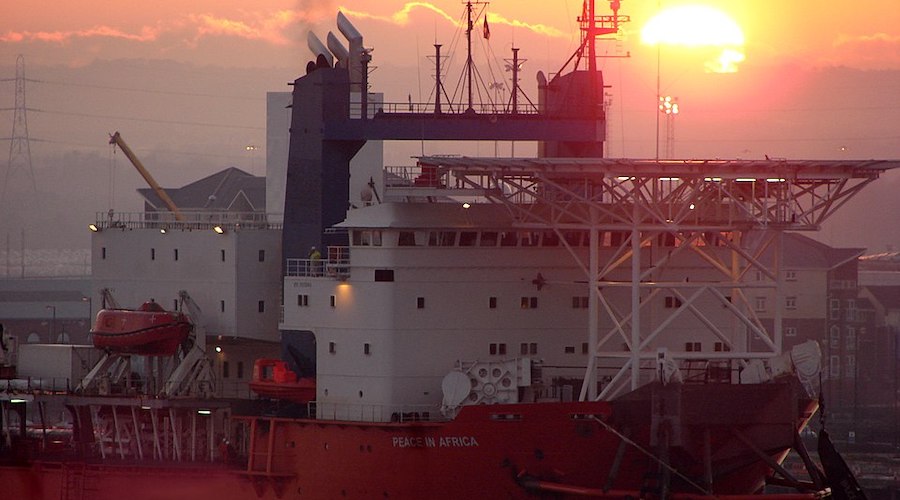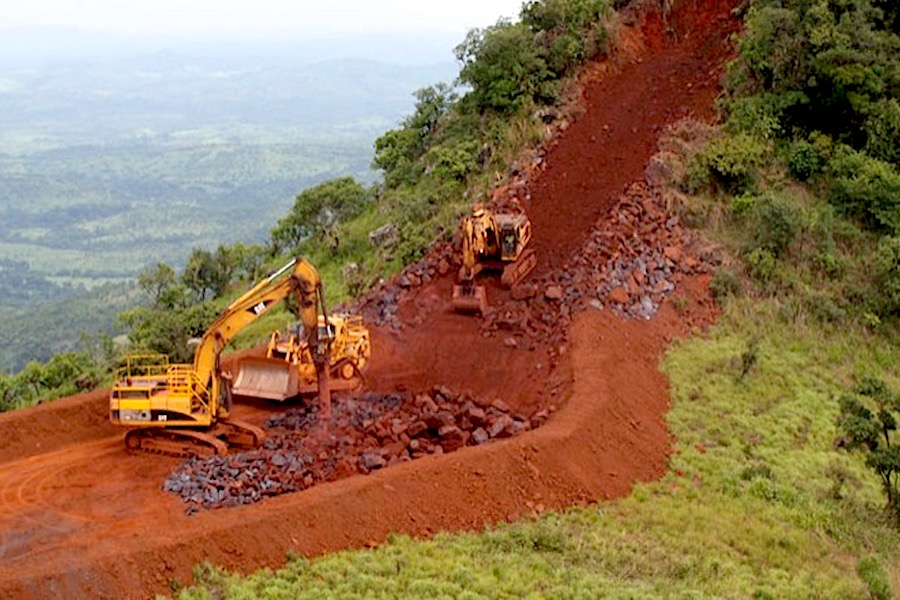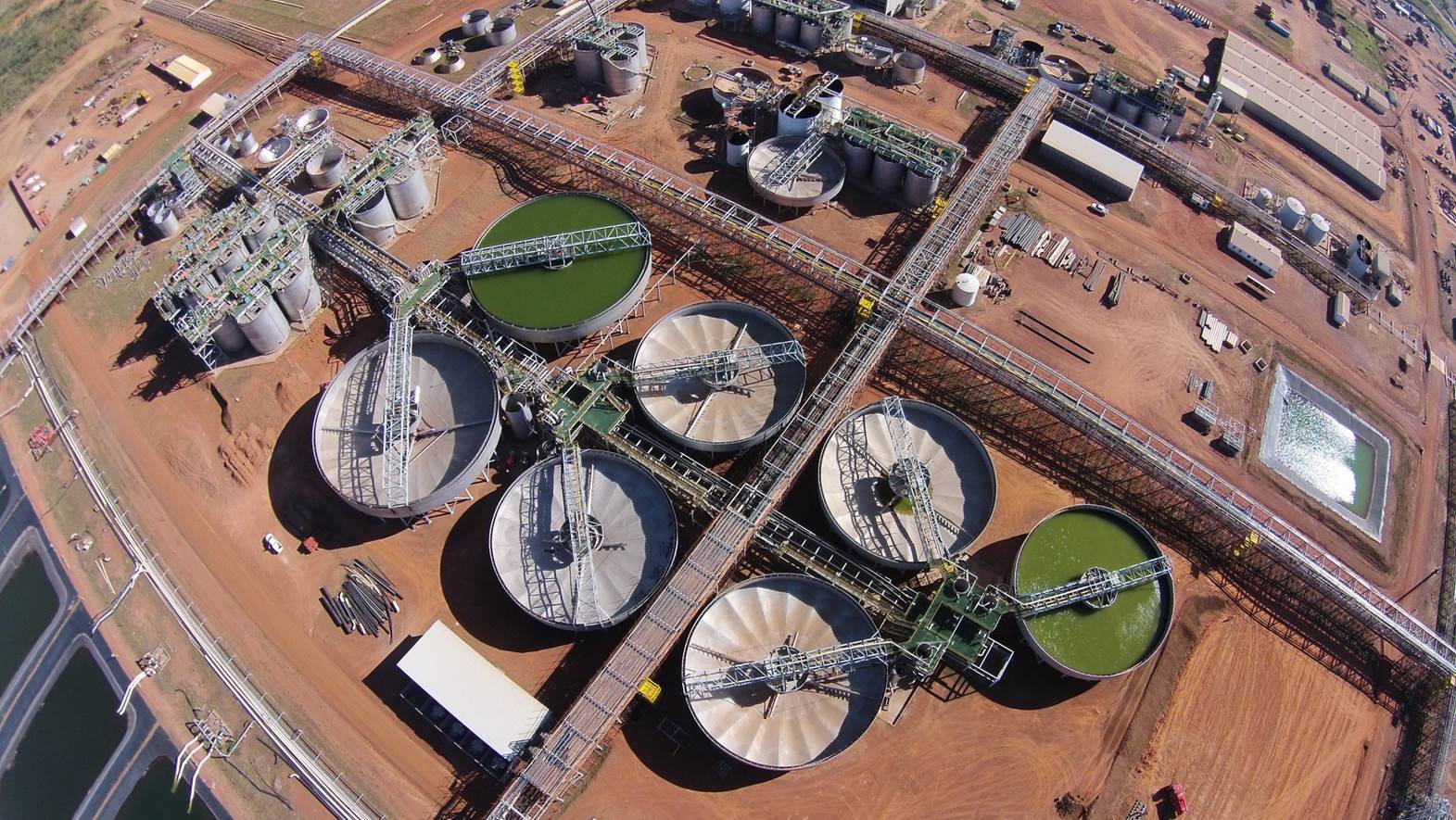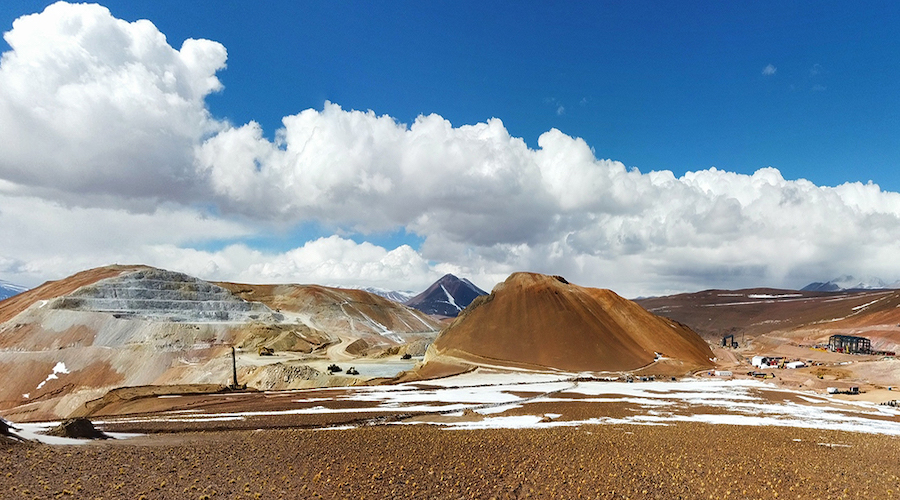[caption id="attachment_1003741588" align="alignnone" width="660"]

De Beers' MV Mafuta. (Image by Gary, Wikimedia Commons).[/caption]
A new IoT solution that provides geofencing to maintain safe work distances for crew operating heavy equipment has been installed at
De Beers’ marine diamond mining operations.
The system relies on Bluetooth low energy locators and wearable sensors as precision crew locator tools, integrated with onboard antennas and a software engine. It has been jointly developed by
Orange Business Services, a network-native digital services company, and De Beers Marine South Africa.
According to the companies, the solution was successfully piloted on board the MV Mafuta, which is currently the world’s largest offshore diamond mining vessel owned and operated by Debmarine Namibia, a 50/50 joint venture between the Government of the Republic of Namibia and De Beers Group.
The vessel operates up to 150 km off the coast of Namibia.
In this pilot, Orange Business Services imported the Mafuta’s AutoCAD files and undertook an onboard site survey to map antenna locations to geofence a predetermined area on the vessel. Ten crew members were equipped with wrist sensors. If one of the crew breached the geofenced area onboard the vessel, the ship’s bridge was alerted immediately.
“Debmarine Namibia has a very clear aim of ‘zero harm’ across all our operations, and we are constantly looking at ways of enhancing employee safety and especially around the heavy machinery required for diamond recovery operations,” Gerhardus Theron, Vessel Manager of the MV Mafuta, said in a media statement.
“(The) pilot phase has now confirmed the potential of this innovative approach that we could embed within our existing safety processes and procedures.”
Since the geofencing pilot has already proved successful in one of the most challenging heavy industrial environments – a floating diamond mine at sea, with prolonged exposure to strong vibration and corrosive saltwater, the companies believe the next phase of this development will aim to refine the interface and data collection capabilities, and include testing a trigger function to deactivate machinery in the event of a breach of the geofence by a crew member.
This article originally appeared on www.mining.com.






Comments